


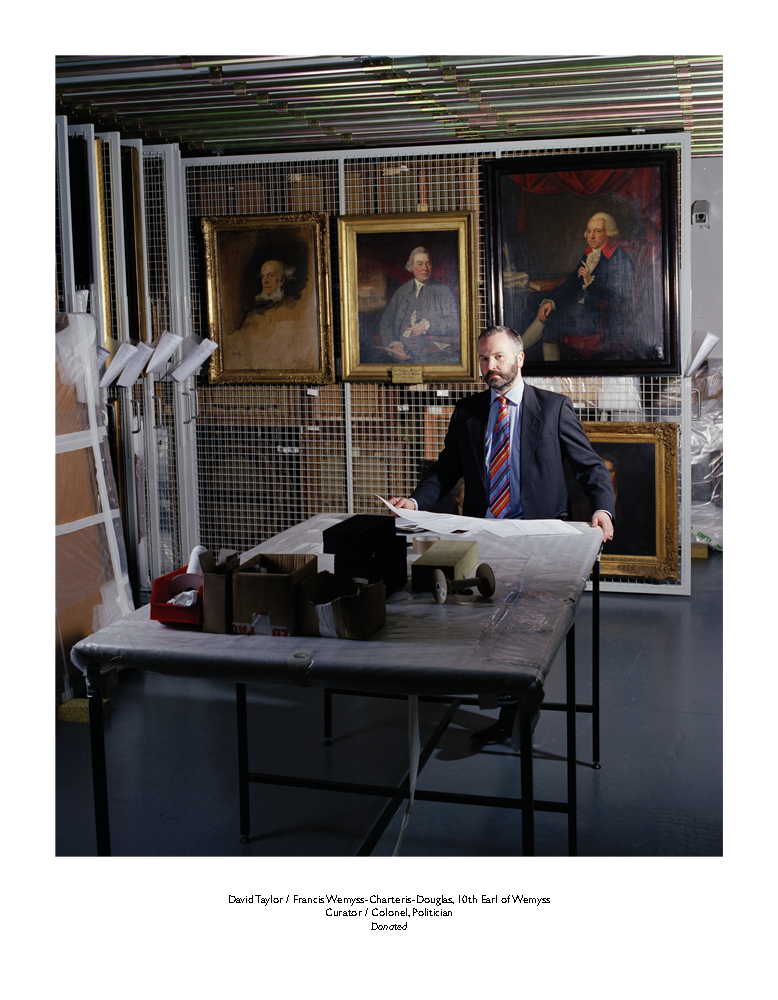
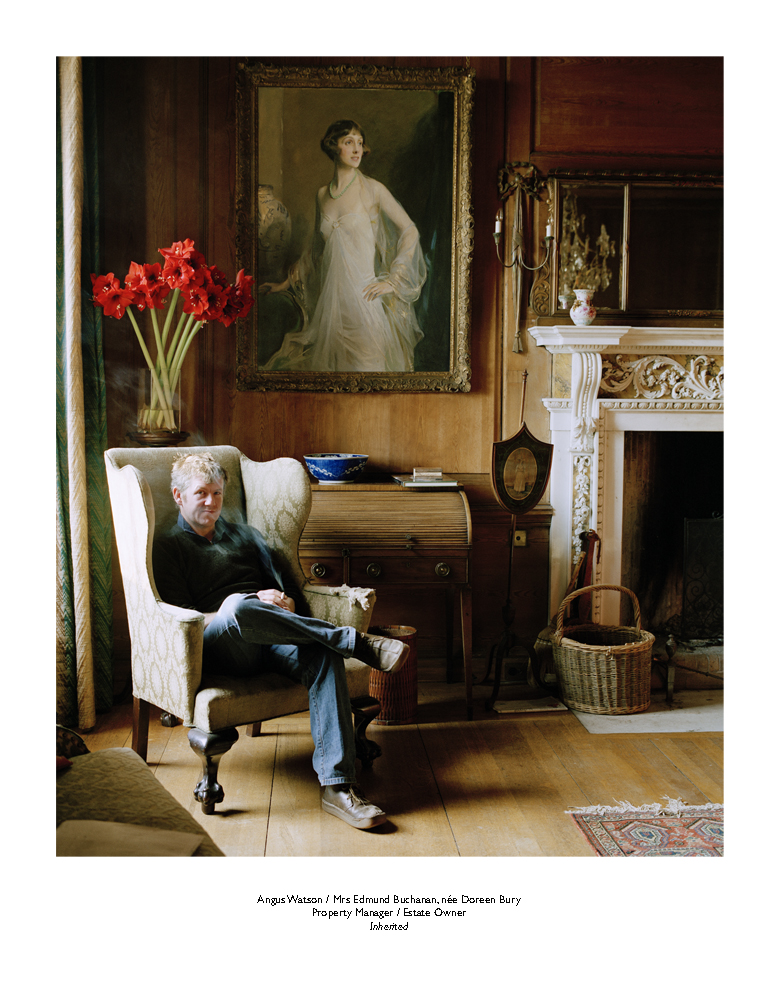

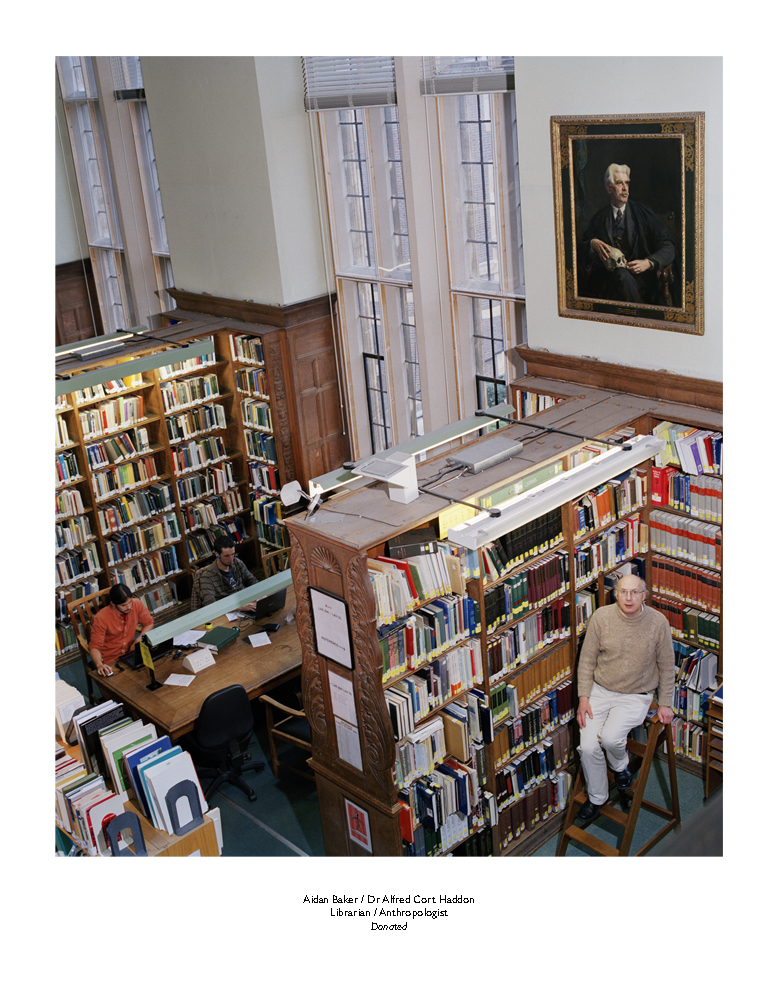



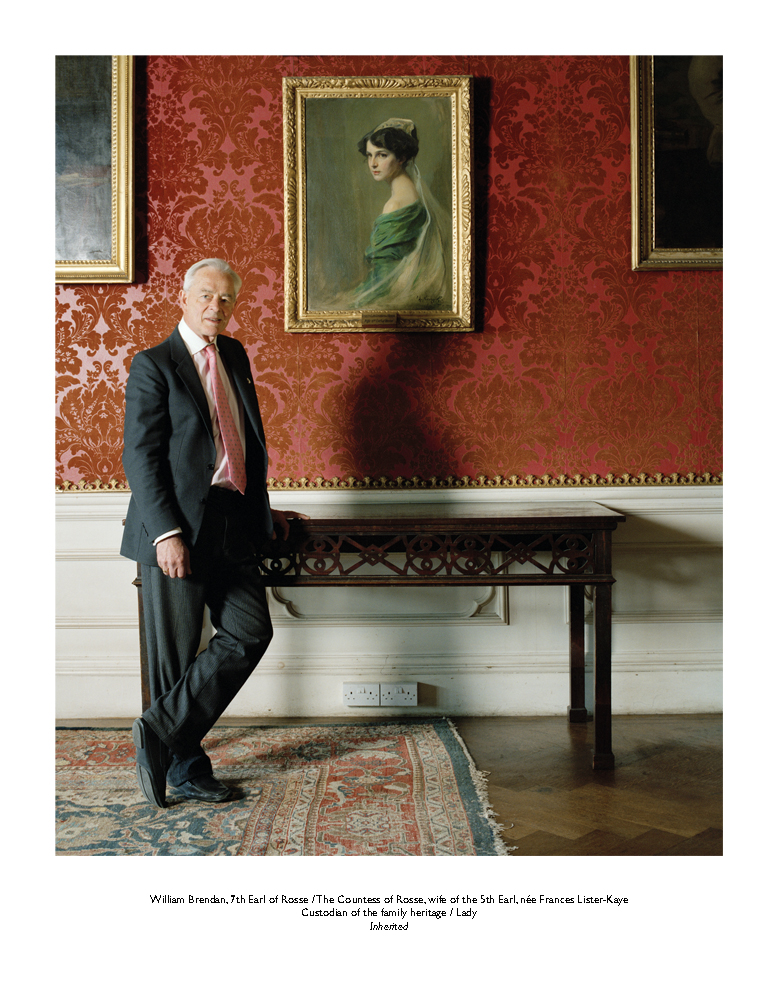
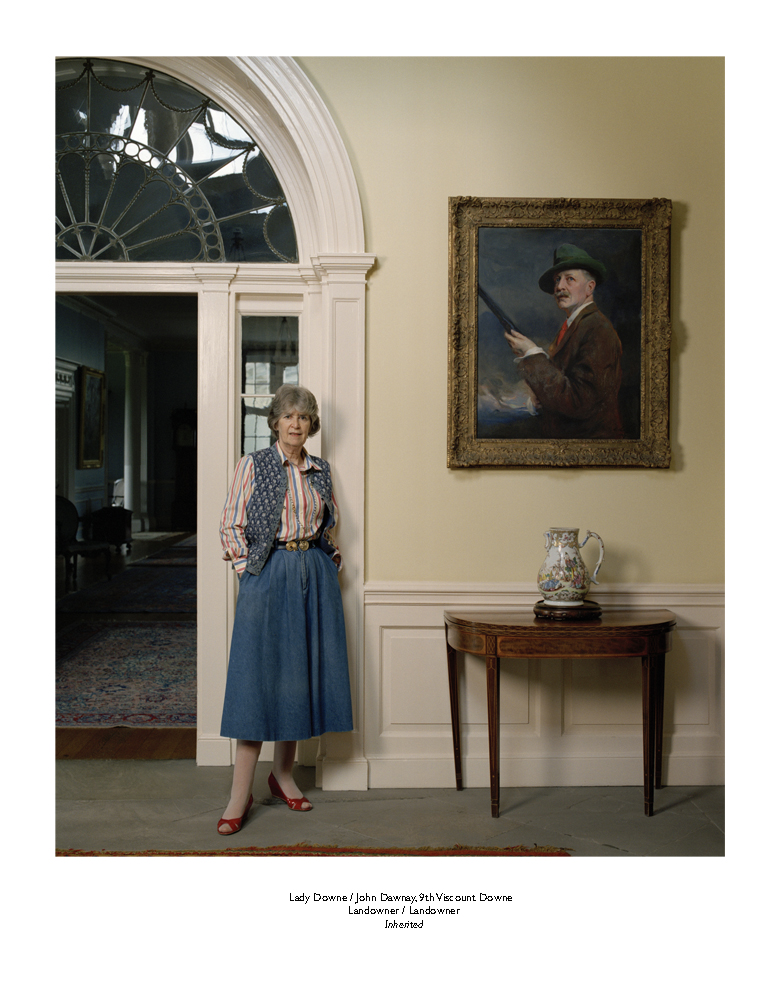
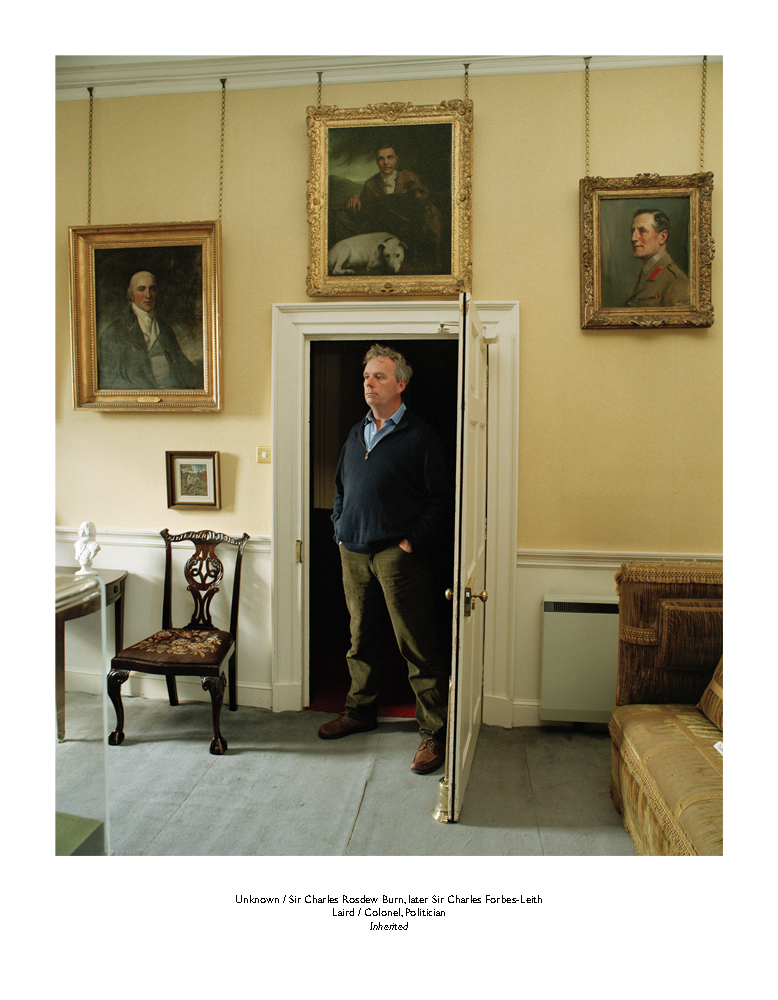
Known/Unknown
Known/Unknown explores the relationship between painted portraits, their owners and the environments they share. Using selected portraits by the society painter Philip de Lászlo, the work considers the nature of collecting and how this is influenced by class, wealth and gender.
The images investigate how public and private collections are formed and the effect this has on who is remembered, by whom and for what reason. The photographic portraits suggest the importance of the owner and the stories they tell in shaping, developing or losing the layers of meaning within a portrait.
Philip De László (1869-1937) painted the celebrities of his day: the rich, famous and influential all over the Western World. After success as a portrait painter in his native Hungary, he came to England in 1907. He became one of Britain's leading portrait painters, completing over 5,000 works.
His paintings reflect the periods of great opulence experienced during the first part of the Twentieth Century. In addition to these portraits of great pomp are the poignant images of the husbands and sons who fought in the Great War, painted in fleeting moments before the soldiers returned to the front.
De László’s portraits can be found in public and private collections, with the majority owned by the sitters' descendants. Occasionally his work is available on the open market where his portraits of beautiful young women command the highest prices. This often results in pairs of portraits, a husband and a wife, being separated, sometimes across continents, with the women ending up in far more lavish surroundings than the men.